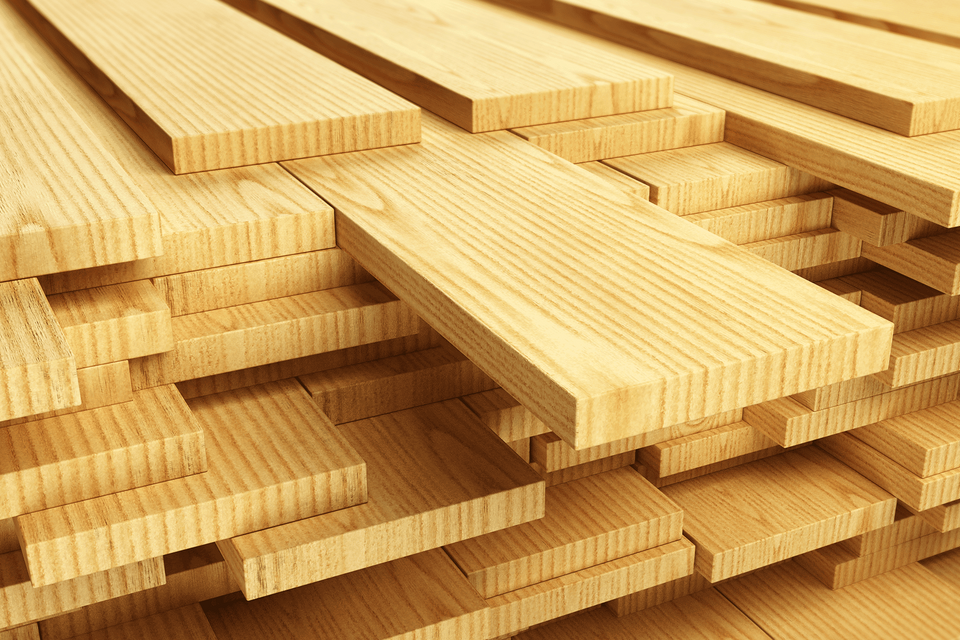Cautious optimism marks the tone of the lumber market as framing sales slowly return to an industry that has been living hand-to-mouth since the Covid-19 crisis began. Over the past few months, buyers’ angst grew in proportion to their lumber piles as they took business day by day, buying only for immediate needs and focusing their attention on trying to determine which direction the construction sector would take amid and after shut-down orders. For weeks, traders (doing their best to turn their own material) offered prices that they thought would be just good enough to get orders, but lumber buyers rarely reacted. Thankfully, the light at the end of the tunnel appeared and by mid-May retail confidence returned somewhat. Seeing a bottom to pricing, buyers got back in to purchasing, albeit slowly and carefully. As it turned out, it wasn’t a demand-driven market as much as it was a supply-driven one. As mills had initiated curtailments and shut-downs in April, it helped to choke some inventory out of the marketplace and prop up pricing against a weak demand. It was a good move as it curbed additional financial damages that would have been incurred by a flagging market if they had continued producing, as inventories across the board were robust. As sales at the dealer level slowly picked up momentum and created a growing need for replenishment, mills responded by slowly coming back to regular production. However, it appears that supply will be driving the market for the near future as demand is still yet to be determined. Pricing as of print has rebounded, but will likely fluctuate through June as the lumber market slowly gets its legs under itself.
In the first quarter of this year, predictions were such that we were in for a very busy spring. With the strategizing mentality that most buyers have, purchasing was very strong prior to the outbreak because the mild winter drew off more inventory than was planned and all signs pointed to a demand that would outpace supply. At that time, few could have predicted that Covid-19 would upend our economy and cease the momentum that had we been enjoying. Now that the economy has mostly reopened, many suppliers that had anticipated booming sales are a bit overstocked and anxious to move their lumber as it can suffer considerable degradation when exposed to the weather for too long. Compounding matters, we have just had one of the wettest springs we’ve had in years. With hot and humid weather just around the corner, a critical point to preserving the quality of lumber is to protect it from the elements as sun exposure and humid conditions can wreak havoc with the stability and overall condition of wood. With what our industry calls “yarding”, oftentimes wood that is exposed for too long can become cupped, cracked, checked, and warped, rendering the product useless for anything other than firewood. Furthermore, during periods of heat and humidity, it’s imperative that whoever has possession of the lumber takes the strides to create an airflow around the stock before it becomes contaminated with mold and mildew. Some lumber yards have the luxury of indoor storage or sophisticated racking systems that keep the material well-sheltered (as we do), but oftentimes it cannot all be stored inside which is why we diligently protect our lumber and plywood by ensuring that it is covered with breathable covers that not only protect the wood from sun damage, but also allows air flow so that moisture can escape, avoiding mold and mildew. Many mills already cover their lumber but some do not, which is why we take the extra step in buying and applying these covers to our wood when needed (and providing them to you at no charge, when requested). We sincerely feel that this kind of preventative maintenance is necessary, and it is only one example of the many things that we do to our stock (such as end-sealing, dunnage sheeting, poly-bagging and palletizing, amongst others) to ensure that the material we sell you is well-preserved and in the best condition.
According to the 2020 Old Farmer’s Almanac, our area is predicted to have a summer that will be “hotter and rainier than normal”, so, if you can, we encourage you to take the same care when the material is at your job site by keeping it off of the ground, under a breathable cover, out of direct sunlight and allowing as much airflow as can be managed. To quote the wisdom of Benjamin Franklin (who was also the author of Poor Richard’s Almanac), “an ounce of prevention is worth a pound of cure”. Not a truer statement can be said when it comes to protecting your investment from the elements.
Despite all of the issues that are currently affecting our livelihoods, we are confident that, through our partnerships with our customer and suppliers, we’ll pull out of this period in time stronger than ever with the mutual support that is innate to Americans in the time of a crisis. We assure you that we will do everything within our power to provide an ultimate service-oriented experience for our customers, as we are in this for the long run and make it our collective goal to deliver upon your satisfaction. Please put us to the test and allow us to prove to you our worth. On behalf of all of us, thank you for your past, present, and future business!
